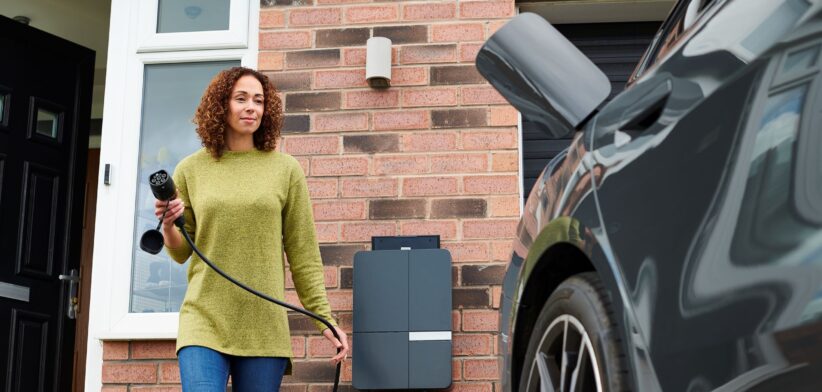Combining suburban rooftop solar with electric vehicles could reduce a city’s emissions from electricity and transport by up to 90 percent.
A new study by Japan’s Tohoku University found a “SolarEV City Concept” could position suburbs not as energy consumers, but as clean energy powerhouses that could one day supply surplus electricity to urban centres.
Lead author Takuro Kobashi said cities were at the forefront of the battle against climate change, being responsible for over 70 percent of the world’s CO2 emissions.
Associate Professor Kobashi said by strategically using rooftops and driveways, which were already available in residential areas, urban planners could implement highly effective climate solutions without needing large-scale land developments.
“Our research shows a clear path forward for cities to achieve deep decarbonization in a way that is both economically and socially beneficial,” he said.
“The EVs in your driveway is one of the most powerful tools we have in the fight against climate change. When parked, their batteries can serve as mobile power banks for homes through a Vehicle-to-Home system, allowing families to store surplus daytime solar power and use it at night, reducing reliance on fossil-fuel-based grid electricity.”
Associate Professor Kobashi said their study identified three key benefits.
“First, families can save significantly on energy and fuel bills. By 2030, a suburban home with rooftop solar and an EV could lower annual energy costs by as much as 40 percent, with the initial investment paying for itself in about six years.
“Second, local power generation increases resilience, making suburbs less vulnerable to blackouts and extreme weather events.
“Third, the research envisions energy-sharing neighborhoods, where suburbs with excess solar capacity sell clean power to city centres, fostering a more equitable energy system.”
He said in suburbs, the “PV+EV” system achieved up to a 90 percent reduction in CO2 emissions and an 87 percent rate of energy self-sufficiency, while cutting household energy costs significantly.
“Dense urban centres, however, faced physical limitations. With little rooftop space and heavy demand, they reached only about 42 percent self-sufficiency.”
Associate Professor Kobashi said the study found that adding EVs as storage nearly doubled solar panel adoption compared to solar alone, as the EV batteries enabled families to maximize every unit of clean energy produced.
Read the full study: Enabling maximum decarbonization from districts in Kyoto through rooftop PVs by integrating with EVs as battery.








